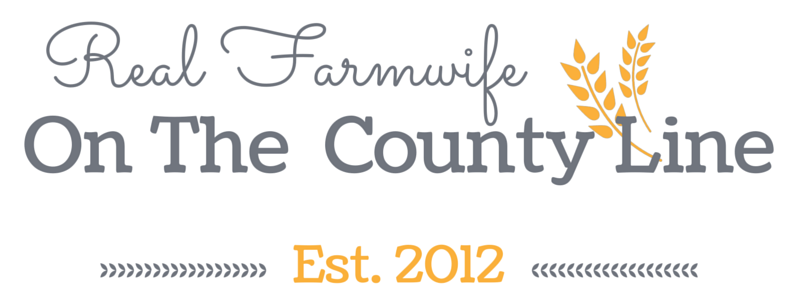How Farmers Buy Seed
One of the first signs of spring is the arrival of a garden catalog in the mailbox. Fantasizing about picking crisp green cucumbers on a warm summer evening is the perfect antidote to a cold, windy day.
Mr. Corn Farmer often reminds me that he’s a bigger and better gardener than I am. It’s true, but selecting seed for our farm is no fantasy. It’s serious stuff.
Before the combine is put away in the shed in November after harvest, we start meeting with seed representatives and researching our seed selections for the next growing season.
Many different hybrids of corn and varieties of soybeans from different companies are planted on our farm each year. From a large number of options, we can select seed that’s tailored to the soil profile and expected moisture availability. Some fields are rather sandy; some have more clay in the soil profile. Some are irrigated; some are dryland. Some are irrigated with ample water; some with limited water. Crop rotation plans can vary from one field to the next.
We spend a great deal of time analyzing seed genetics. In order to be more productive while taking good care of soil and water resources, these are some of the traits we carefully study:
- Days to maturity
- Drought tolerance
- Standability so the crop can be easily harvested
- Resistance to fungal and bacterial diseases
- Bt technology which resists corn borer and rootworm
- Resistance to certain weed killers. (We can apply a product that kills the weeds but not the crop. This allows us to no-till farm, which helps us improve and conserve the land and water.)
Some of these traits are developed and improved through traditional plant breeding. Others are accomplished with technology that inserts naturally occurring proteins into the plant’s DNA to create a GMO, or Genetically Modified Organism. Click HERE for more information on GMOs.
Ultimately, the goal is to grow more grain more efficiently while protecting the environment where we work and raise a family. That we’re free to pick the seed we need with the traits we want is a benefit to both farmers and consumers.
This spring, when I sort through seed packets for my garden, I’ll also be watching for semi loads of corn and soybean seed to be delivered to our farm. As you select your favorite garden seeds and plants this spring, I encourage you to remember that farmers are doing the same thing. We’re all picking our favorites from a wide array of choices.


